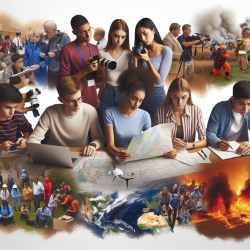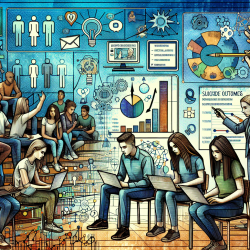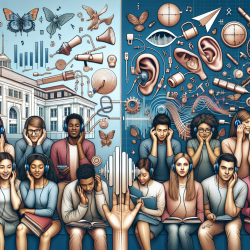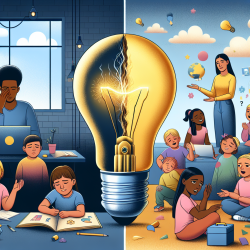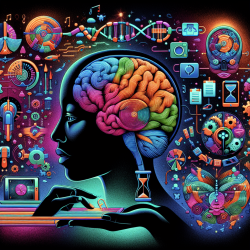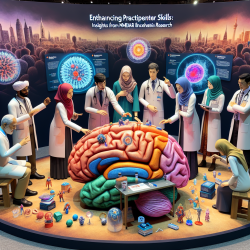Introduction
In the realm of disaster risk reduction (DRR) and climate change, youth have often been overlooked as key stakeholders. However, recent research underscores the importance of engaging young people in these critical areas. A study titled “It’s Like Youth are Talking Into a Microphone That is not Plugged in”: Engaging Youth in Disaster Risk Reduction Through Photovoice, highlights the potential of youth as agents of change. This blog explores how practitioners can implement the findings of this research to enhance their practice and improve outcomes for youth.
The Power of Photovoice
Photovoice is a participatory research method that empowers individuals to capture their experiences through photography. This approach not only provides a platform for youth to express their perspectives but also facilitates a deeper understanding of their capabilities and assets. The study conducted focus groups with teenagers in Ottawa, Canada, and revealed 11 themes related to youth engagement in DRR and climate change.
Key Findings and Calls to Action
- Youth as Key Stakeholders: The study emphasizes the need to recognize youth as valuable stakeholders in DRR strategies. By harnessing their assets and building youth-adult partnerships, practitioners can create more inclusive and effective initiatives.
- Social Media as a Tool for Change: Youth are adept at using social media to raise awareness and drive social change. Practitioners should leverage this expertise to enhance communication and engagement in DRR efforts.
- Disaster Preparedness Education: Improving educational curricula to include DRR and climate change topics can support community resilience. This includes better curricular content and extracurricular opportunities for youth to learn and lead.
- Accessible Communication: Ensuring that DRR communication is accessible and inclusive is crucial. This includes considering the needs of diverse populations and using creative methods like art for knowledge translation.
Implementing the Research Findings
Practitioners can take several steps to implement the findings of this research:
- Foster youth-adult partnerships by creating opportunities for collaboration and mentorship.
- Incorporate social media strategies into DRR initiatives to engage youth and amplify their voices.
- Enhance educational programs to include practical DRR skills and knowledge, empowering youth as educators and leaders.
- Develop accessible communication strategies that consider the diverse needs of the community.
Conclusion
Engaging youth in DRR and climate change initiatives is not just beneficial—it is essential. By implementing the insights from the Photovoice study, practitioners can create more inclusive, effective, and sustainable outcomes. Youth have the potential to drive significant change, and it is our responsibility to ensure their voices are heard and valued.
To read the original research paper, please follow this link: “It’s Like Youth are Talking Into a Microphone That is not Plugged in”: Engaging Youth in Disaster Risk Reduction Through Photovoice.
